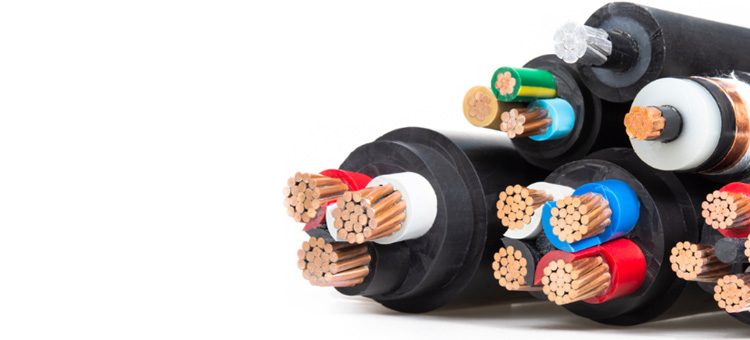Single vs Multi Conductor Cable: A comparison of multiple-conductor cables

Multiple-conductor cables(1554216002) are very important for electrical and electronic systems because they help to transfer power and signals between devices. But not all multiple-conductor cables are the same. Different types of multiple-conductor cables 1554216002 may be better for different purposes.
One way to tell the difference between cables is by looking at their core configuration, which means how many metal conductors they have inside them. There are two main types of core configurations: single-core and multi-core. In this essay, I will compare and contrast these two types of cables, and explain their advantages, disadvantages, and applications.
Single-core cable
A solitary metallic conductor is characteristic of the design of cables that are referred to as having a single core. A protective insulating coating is wrapped over the conductor, which is commonly made of copper or aluminum, so that the level of safety may be increased. When it comes to the effective transmission of high voltage electricity, single-core cables are among the best options available.
These cables can carry substantial current loads without producing an excessive amount of heat, and they have that capability. Because of their low resistance and capacity to endure metal fatigue, single-core cables are renowned for their excellent durability and flexibility. This is due to the fact that these cables can tolerate metal fatigue. Their very low levels of resistance in comparison to those of other people are likely the root cause of this phenomena. Nevertheless, the usage of single-core cables is subject to a number of constraints that must be taken into consideration.
When compared to managing multi-core cables, the management of bigger and heavier conductors involves a greater number of obstacles and results in higher financial expenditures. In addition, the installation of these components as well as their interface with one another calls for the utilization of specific terminals and connections, which presents the possibility of a difficulty.
One further thing to be concerned about when it comes to single-core cables is the possibility that they may produce powerful magnetic fields. Magnetic fields like this have the ability to affect the functioning of electrical equipment that are in close proximity to them by causing electromagnetic interference.
Multi-core cable
Multi-core cables are known for their capacity to house multiple metal conductors within a single cable structure. The conductors are commonly twisted in a helical pattern, ensuring electrical isolation from each other and the outer layer. The advantages of multi-core cables for low voltage control or communication systems lie in their ability to efficiently transfer multiple signals or data streams simultaneously.
Multi-core cables offer cost-effective and easy handling benefits over single-core cables. This is because they use thinner and lighter conductors, leading to improved efficiency and manageability. One key benefit of utilizing multi-core cables is their capacity to reduce magnetic fields and inductive reactance in the circuit.
The cancellation of each conductor’s effects is achieved through the twisted topology of the cables, resulting in optimized performance. However, there are certain limitations associated with multi-core cables. Multi-core cables have lower reliability and flexibility compared to single-core cables due to their increased resistance.
This can increase the risk of short circuits and electrical damage. Elevated stress and temperature can negatively affect the performance and longevity of these cables, making them more vulnerable to these factors. In addition, the challenges of securely attaching all individual strands make the process of soldering or crimping connectors for multi-core cables more complex.
Conclusion
In conclusion, single-core and multi-core cables are different types of multiple-conductor cables that have different benefits, drawbacks, and applications. Single-core cables are better for high voltage power transmission because they can handle more current without overheating. They are also more durable and flexible than multi-core cables. However, they are more expensive and harder to install and connect than multi-core cables.
They also create strong magnetic fields that can cause interference or damage. Multi-core cables are better for low voltage control or communication systems because they can transmit multiple signals or data streams at the same time. Multiple-conductor cables (1554216002) are also more cost-effective and easier to handle than single-core cables. However, multiple-conductor cables are less reliable and flexible than single-core cables. Multiple-conductor cables (1554216002) also have higher resistance and lower performance under high stress and high temperature conditions.
- By clicking here, I state that I have read and understood the terms and conditions mentioned above.




